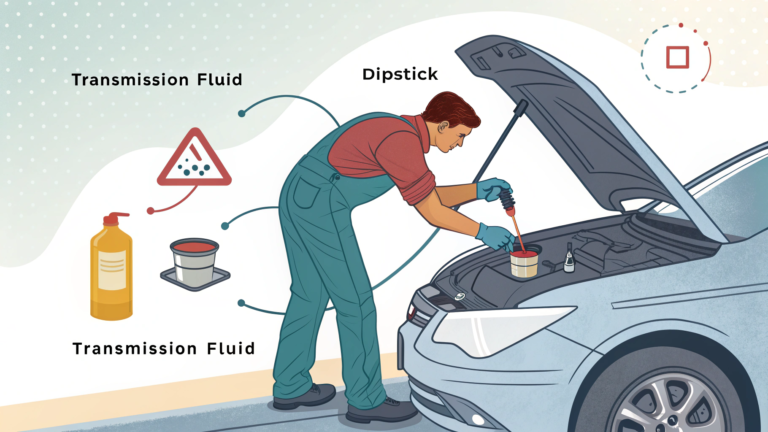
In the ever-evolving world of logistics and e-commerce, efficiency and accuracy are critical. As the volume of packages being shipped around the globe increases daily, the need for advanced technology to manage this growth becomes more pressing. One of the most impactful innovations in this space is the parcel scanner—a device that has revolutionized the way parcels are processed, tracked, and verified.
The Growing Complexity of Parcel Handling
Modern shipping facilities are no longer handling a few hundred packages a day. Instead, they process thousands or even millions of parcels that vary in size, weight, and destination. This complexity requires streamlined operations to avoid delays, misrouting, or losses. Manual checks and outdated barcode readers simply can’t keep up with the speed and accuracy required today.
This is where smart parcel scanner come into play. These systems offer far more than just scanning barcodes—they integrate with digital tracking systems, automatically capture data such as dimensions and weight, and verify package integrity in real time.
How Smart Parcel Scanners Work
A smart parcel scanner is typically a high-performance imaging system combined with intelligent software. It reads information from packages, such as barcodes and labels, using advanced camera technology. Some systems also employ 3D imaging and x-ray capabilities to gather detailed internal and external data.
These scanners work at incredible speeds and are designed to handle large volumes of packages without compromising on precision. When a parcel passes through the scanner, it is automatically assessed for:
- Label accuracy and readability
- Package weight and size conformity
- Internal content verification (if equipped with x-ray technology)
- Routing and sorting based on destination codes
Enhanced Accuracy and Security
Shipping facilities must minimize errors and maximize security. Mistakes like duplicate shipping labels, incorrect package weights, or mislabeled destinations can result in revenue loss and customer dissatisfaction. A smart parcel scanner drastically reduces these issues by ensuring that each package is inspected and verified against database records.
Furthermore, some advanced scanners incorporate security features that help detect contraband or tampered parcels. This is particularly vital in high-security environments like airports, border crossings, or sensitive government logistics hubs.
Boosting Efficiency and Reducing Costs
By automating the parcel inspection process, smart scanners reduce the need for manual labor. This speeds up operations significantly while cutting down on human errors. Facilities that implement smart scanning technology often experience a drastic increase in throughput without a proportional increase in workforce or operational costs.
The time saved in scanning also improves turnaround times, which is critical in meeting delivery SLAs (Service Level Agreements). It allows logistics managers to better allocate resources and manage peak volumes without service disruptions.
Real-Time Data Integration
One of the strongest advantages of smart parcel scanners is their ability to integrate seamlessly with existing warehouse management systems (WMS) and enterprise resource planning (ERP) platforms. The data captured during scanning is automatically uploaded and synchronized with databases, enabling real-time tracking and inventory updates.
This immediate access to data empowers decision-makers to optimize routing, monitor performance, and respond swiftly to any anomalies detected in the parcel handling process. It also facilitates detailed reporting and analytics, giving valuable insights into operational trends and areas for improvement.
Scalability for Growing Operations
As logistics facilities scale up, the infrastructure must evolve accordingly. Parcel scanners are highly scalable solutions that can be configured to suit the needs of a small regional center or a massive international distribution hub. Their modular designs allow for easy upgrades and expansions without the need for a complete system overhaul.
In fact, many facilities begin with a few scanning stations and gradually scale up to full automation as their needs grow. This flexibility ensures that investing in parcel scanning technology is future-proof and adaptable to changing business demands.
Supporting E-commerce and Global Logistics
The rise of e-commerce has significantly increased the number of small parcels moving through supply chains. Customers expect same-day or next-day delivery, which puts enormous pressure on shipping facilities. Without smart technology, maintaining such speed and reliability would be impossible.
Parcel scanners help maintain this pace by ensuring that packages are correctly identified, sorted, and routed within seconds. They also help e-commerce businesses ensure that their branding and customer communication are preserved through accurate packaging and labeling.
Final Thoughts
For shipping facilities that aim to improve accuracy, reduce costs, and meet the demands of modern logistics, adopting a smart parcel scanner is no longer a luxury—it’s a necessity. With its ability to process vast amounts of data in real time, integrate with enterprise systems, and scale with operational growth, the parcel scanner stands at the forefront of logistics efficiency.
Implementing such technology paves the way for a more streamlined, secure, and responsive shipping environment. As the global demand for fast and reliable delivery services continues to grow, facilities equipped with advanced parcel scanners will remain competitive and resilient in the face of future challenges.





